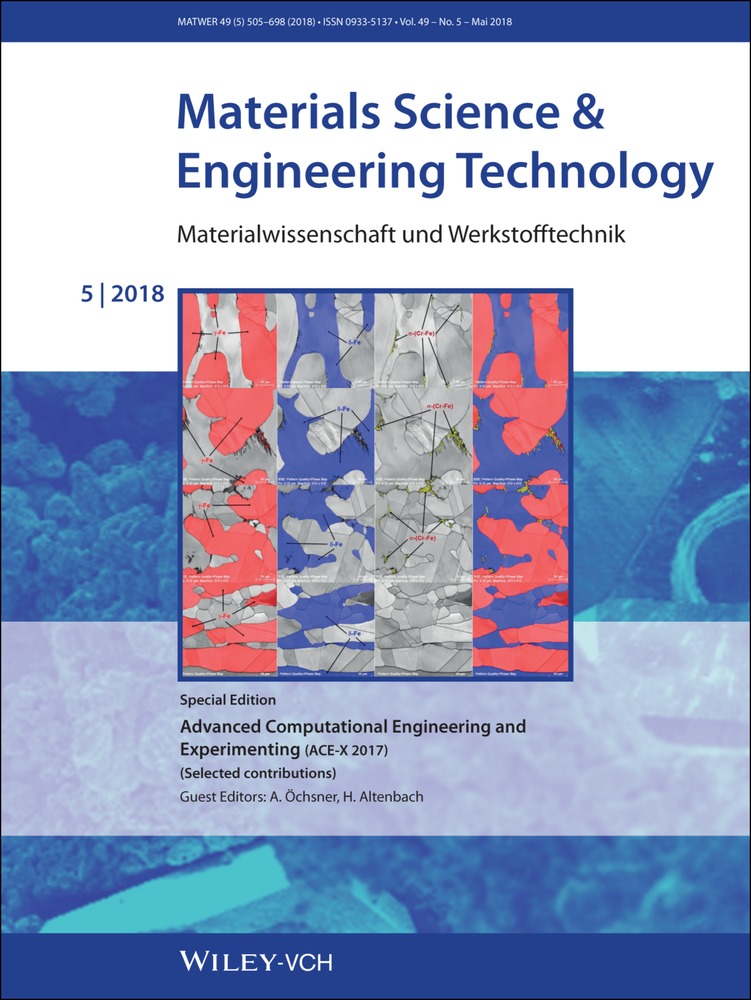Current challenges and future potential of 3D concrete printing
Aktuelle Herausforderungen und Zukunftspotenziale des 3D-Druckens bei Beton
Abstract
enThe emphases on reduction of construction time and production costs have profound influences on the construction process that has led us to investigate a new paradigm, known as 3D concrete printing. This technique can fabricate complex 3D building components directly from computer aided design models without any tooling and human intervention. However, compatibility of the presently available materials has impeded its widespread application and commercialization. This paper introduces an overview of concrete printing processes and its noteworthy potentials in the building and construction sector. After sketching the potential, a novel fly ash based inorganic geopolymer is printed and characterized in terms of fresh and hardened properties with an aim for sustainable built environment.
Translation abstract
deDie Reduzierung von Bauzeit und Produktionskosten hat einen signifikanten Einfluss auf den Konstruktionsprozess, der dazu führt, dass ein neues Paradigma, bekannt als 3D-Druck für Beton, zu untersuchen ist. Mit dieser Technik können komplexe 3D-Bauteile direkt aus dem Modell der rechnerunterstützten Konstruktion hergestellt werden. Die Kompatibilität der gegenwärtig verfügbaren Materialien hat jedoch ihre Anwendung und kommerzielle Nutzung verhindert. Dieser Artikel gibt einen Überblick über konkrete Druckprozesse und deren Entwicklung im Bereich Bau und Konstruktion. Nach Aufzeigen eines derartigen digitalen Konstruktionsprozesses wurde ein anorganisches thixotropes Material auf Flugasche-Basis gedruckt und in Bezug auf anfängliche und gehärtete Eigenschaften mit dem Ziel einer nachhaltigen Gestaltung charakterisiert.




